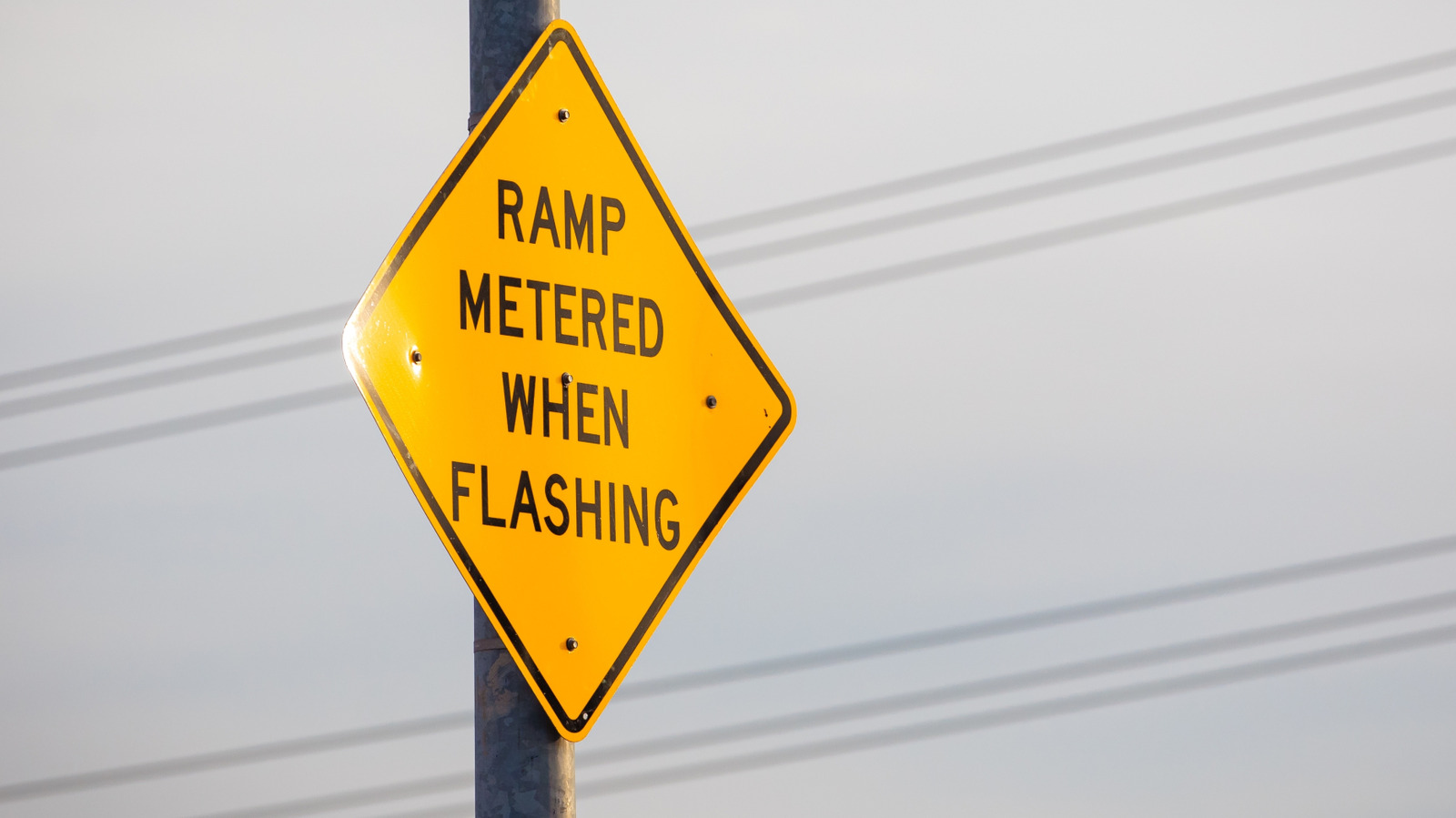If you’ve ever driven on the highway, you’ve probably seen the traffic lights on some on-ramps that only let one car go at a time. With a little critical thinking you can probably figure out they’re designed to keep traffic flowing as smoothly as possible, but it can also be frustrating to sit there, just waiting to be allowed to enter the highway. Allegedly, if the traffic on the highway moves faster with fewer interruptions, you’ll still get where you’re going faster than you would if the on-ramps weren’t metered, but does that actually happen? Does metering on-ramp traffic actually work?
Typically, answering that question would require putting your faith in a computer model and possibly listening to a traffic nerd (complimentary) rattle off some statistics from one or two ramp meters. You’d get a “yes,” but it probably wouldn’t be a very satisfying yes. And if you lived in Minnesota’s Twin Cities region in the late 1900s, even that “yes” would have been frustrating because the gap between cars was so long, you could easily end up waiting 15 minutes to actually get to the front of the line and onto the highway. In fact, just before the turn of the century, one Minnesota lawmaker–who was convinced the meters didn’t work–got them temporarily turned off, giving us a rare look at just how effective ramp meters actually are.
Turn off the ramp meters
As our friend Road Guy Rob points out in the above video, traffic management is incredibly complex, and everything works as part of a system. A small change in one area may not look like it’s doing much, but it could end up having a huge impact a few miles away. People who demand simple, easy solutions will never be happy with a long, detailed, nuanced answer that may ultimately boil down to, “It’s complicated.” But, Minnesota’s plan was bold enough that the results would basically be undeniable either way.
For about six weeks, the Minnesota Department of Transportation collected as much data as possible on traffic flow. If you could measure it or record it, they probably did. Then, on October 16, MnDOT turned up that Christina Aguilera, temporarily switched off all 430 ramp meters, and got back to measuring and recording every variable it could. Unsurprisingly, highway speeds dropped significantly during rush hour with the meters turned off. Sideswipe crashes also tripled, with total wrecks jumping 27%. Slower traffic also meant more emissions and dirtier air, which is kind of a problem for those of us who have lungs. So, clearly the ramp meters work.
Remember that thing about traffic management being incredibly complex, though? The data also showed that drivers with longer commutes benefited from the ramp meters much more than drivers who lived in, or just outside of, the city. Do you really want to make things more difficult for actual residents so someone just passing through has it easier? Public transportation is easy to suggest but much harder to actually improve. Maybe the more important question isn’t whether or not the traffic meters work but rather who they work for.



